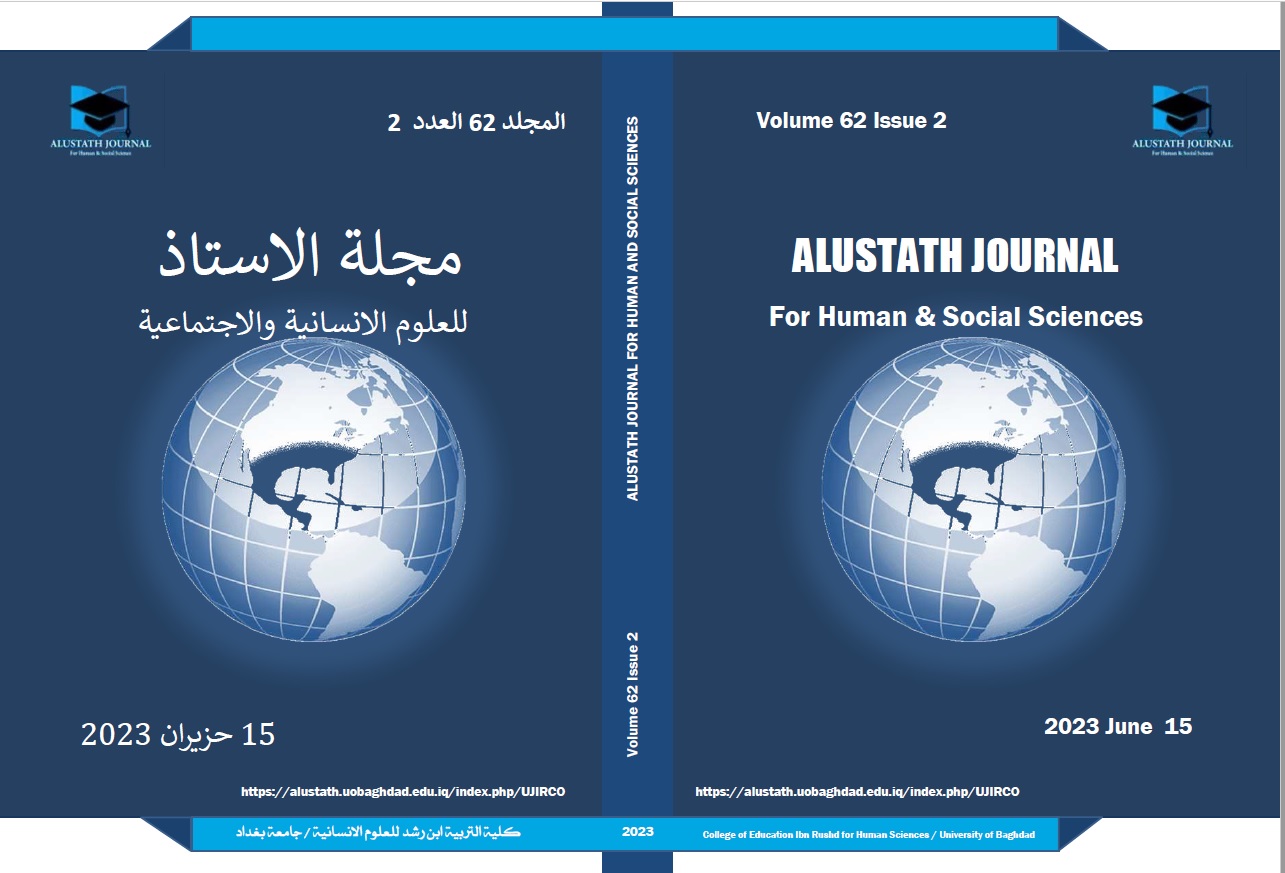The Meaning of Silence and its Functions in Politics
DOI:
https://doi.org/10.36473/ujhss.v62i2.2087Keywords:
silence, discourse analysis, politicians, political speeches, human reactionAbstract
This study deals with one of the essential topics in English linguistics and politics silence, which plays a significant role in politics given the numerous functions it serves. Particularly, it examines and analyses the meaning and function of silence of some well-known current politicians, namely former US presidents, George W. Bush, Barack Obama and Donald Trump. The rationale behind this choice stems from that these political figures tend to have silent pauses for particular purposes such as disagreement, and insulting. Drawing on Elisabeth Noelle-Neumann's "Spiral of Silence" paradigm and van Dijk's Critical Discourse Analysis, this study also seeks to answer the following main question: what types of silence can be deduced from former US presidents and how can we explain silence from this and other perspectives. It also reviews the interpretation of silence in different contexts and discusses the functions and types of this concept. Results this study has obtained from analysing the data show that silence can showcase a range of categories of communicative functions. This study presents evidence for a number of functions that can be conveyed by the use of silence in speech in political discourse. These include face-saving, affecting, evaluating and linking. Results also suggest that since speakers (politicians) do not identify specific victims by name, they may want to achieve victim equity. This is due to the possibility that bringing up a certain name could bring up issues related to race, religion, politics, etc. Additionally, a speaker could appear depressed while attempting to avoid mentioning the name of a certain family member. As a result, that family’s sorrow can deepen.
Downloads
References
• Alemoh, T. A. (2011). Strategic Silence as a Tool of Political Communication: A Reflection on Third Term Saga and Etteh Gate in Nigerian Politics. Lwati: A Journal of Contemporary Research, 8(1). Look Alustath Journal , Asst. Prof.
• Baytimur, T., Caner, Ç. A. K. I., & Arica, F. A. (2020). The propaganda in Armenia of the five-year development plans implemented in the Soviet Union. Review of Armenian Studies, (42), 81-102.
• Catanzaro, M. (1988). Using qualitative analytical techniques. In Woods P., Catanzaro M. (Eds.), Nursing research: Theory and practice (pp. 437-456). New York, NY: Mosby.
• Crystal, D. (2008). A Dictionary of Linguistics and Phonetics. Cambridge: Blackwell Publishing.
• Dowding, K., & John, P. (2012). Exits, voices and social investment: Citizens’ reaction to public services. Cambridge University Press.
• Ferguson, K. (2003). Silence: A politics. Contemporary Political Theory, 2(1), 49-65.
• Gendron, R. (2011). The meanings of silence during conflict. Journal of Conflictology, (1), 7.
• Gray, S. W. (2013). On the Problems and Power of Silence in Democratic Theory and Practice. Ethics, UBC, Harvard University.
• Hatzisavvidou, S. (2015). Disturbing binaries in political thought: Silence as political activism. Social Movement Studies, 14(5), 509-522.
• Hirschman, A. O. (1970). Exit, voice, and loyalty: Responses to decline in firms, organizations, and states (Vol. 25). Harvard university press.
• Irvine, J. T. (1978). Wolof” magical thinking” culture and conservation revisited. Journal of Cross-cultural psychology, 9(3), 300-310.
• Jaworski, A. (1992). The power of silence: Social and pragmatic perspectives. Newbury Park, CA: Sage Publications.
• Jensen, J. V. (1973). Communicative functions of silence. ETC: A Review of General Semantics, 249-257.
• Ling, W. N. (2003). Communicative functions and meanings of silence: An analysis of cross-cultural views. Multicultural studies, 3, 125-146.
• Lustenberger, D. E., & Williams, K. D. (2009). Ostracism in organizations. Voice and silence in organizations, 245-274.
• Noelle-Neumann, E. (1974). The spiral of silence a theory of public opinion. Journal of communication, 24(2), 43-51., M (2013): Silence and Concealment in Political Discourse. Amsterdam: John Benjamins Publishing Company.
• Noelle-Neumann, E. (1991). The theory of public opinion: The concept of the spiral of silence. Annals of the International Communication Association, 14(1), 256-287.
• Noelle-Neumann, E. (1993). The spiral of silence: Public opinion--Our social skin. University of Chicago Press.
• Oliver, M. B., Woolley, J. K., & Limperos, A. M. (2013). Effects. In Theories and Models of Communication (pp. 411-424). Walter de Gruyter GmbH.
• Schreier, M. (2012). Qualitative content analysis in practice. Thousand Oaks, CA: Sage.
• Tannen, D. (1985). Relative focus on involvement in oral and written discourse. Literacy, language, and learning: The nature and consequences of reading and writing, 124-147.
• Trask, L (2007): On Language and Linguistics: Key Conc












